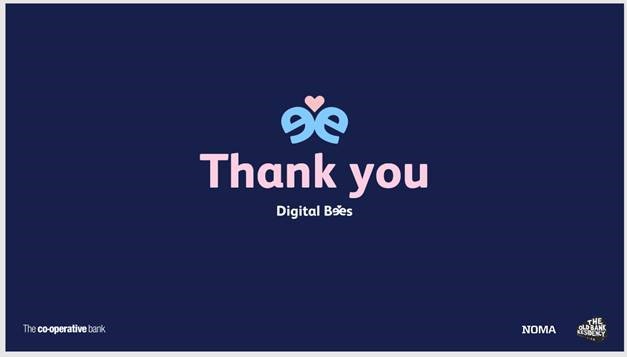
The GOV.UK team at the Government Digital Service (GDS) have recently announced they are looking at GOV.UK accounts. It’s in early stages, but their post discusses “centralised GOV.UK accounts” for “complex interactions” across many services. I’m an unashamed fan of GDS – I’ve been lucky enough to work with them in the past and I’ve made great use of their shared tools to build services (Notify and the Design System to name a few), which have saved months (or years!) of re-work across the public sector. The idea of a shared account infrastructure, however, has me worried. Let’s look at the reasons why.
I believe focusing on user needs has helped transform government digital over the last decade. It seems a small thing to say “our users are important”, but stating it as your first rule for good services helps keep it in focus when you’re making things in challenging environments.
What’s the user need for a GOV.UK account? I believe that there are valid answers, but I also believe good services are verbs not nouns – and “Accounts” is definitely a noun. I would have loved to have seen this announced as “Helping repeat visitors to GOV.UK” or “Making it easier to complete groups of transactions”, because it would help broadcast a better way of working across government – putting user needs first, and recognising accounts might not always be the right way to meet those needs.
Accounts considered harmful?
There’s a lot of problems with accounts from a user perspective, especially when covering multiple services. For example, accounts generally burden users with a set of credentials to remember or store – more tech-savvy users may have password managers, but government services are for every level of digital literacy. Our friends at FutureGov have written about some of these frustrations – and there’s even a recommendation against accounts in GDS’ own guidance, backed up by user research.
We recently worked with the Department for Education on a service for applying to teacher training, and users would sometimes need to complete their application over multiple visits. The service team decided to go with ‘magic links’, saving returning users from the burden of signing up for an account. That team started with user needs, researched multiple possible solutions, and ended up with a better service because of it. I’m worried about a world where the standard is GOV.UK accounts – and teams like this are discouraged from considering the alternatives.
Delivery under pressure
It’s possible that this team has actually done all the discovery work and research to get them from user needs to accounts being the best solution – please share this work publicly if so! The prototype isn’t a public repo at the moment – opening this up would be a great start.
Sometimes accounts will be the right choice, sometimes they won’t – I’d love to see an expansion of the current guidance on accounts as part of this work, especially with reference back to research.
I’m not on the ground with the GOV.UK Accounts team and I want to use the prime directive when thinking about others’ work – that is to say, I believe that the involved parties are doing the best given the various pressures they’re under. I hope this post can be read in the spirit it’s intended – as someone outside the team who has worries that others might have too.
Do the hard work to make things better
Finally – talking more to GDS in general rather than the GOV.UK team – I’m not convinced repeat visitors are the most pressing challenge facing government digital today. Almost every public sector body is facing the looming challenge of their legacy technology and building digital services in this context is really hard work.
If you want to keep changing things for the better, get in the trenches. Build more exemplar services alongside government departments. Return to the strategy being delivery – putting users’ needs and a working first iteration of a service first. Take on the mountains of legacy technology – and then share back what you’ve learned to help guide the public sector as a whole. It worked the first time around off the back of building GOV.UK and it can work again.









